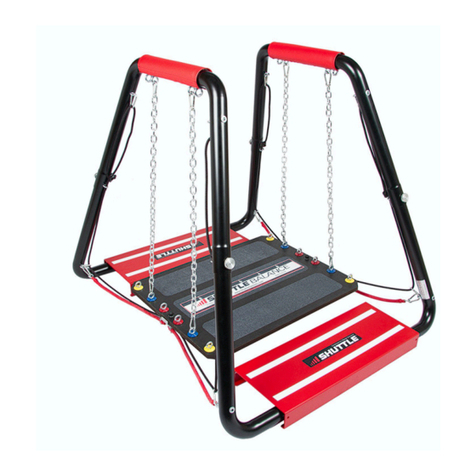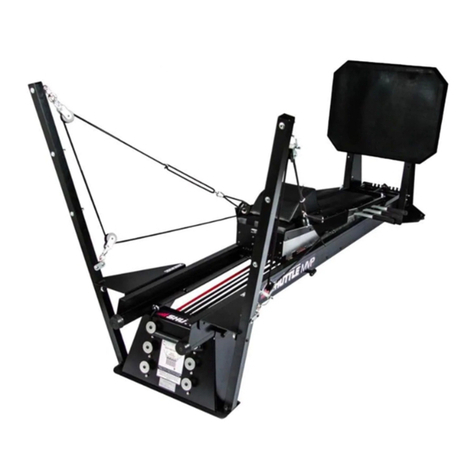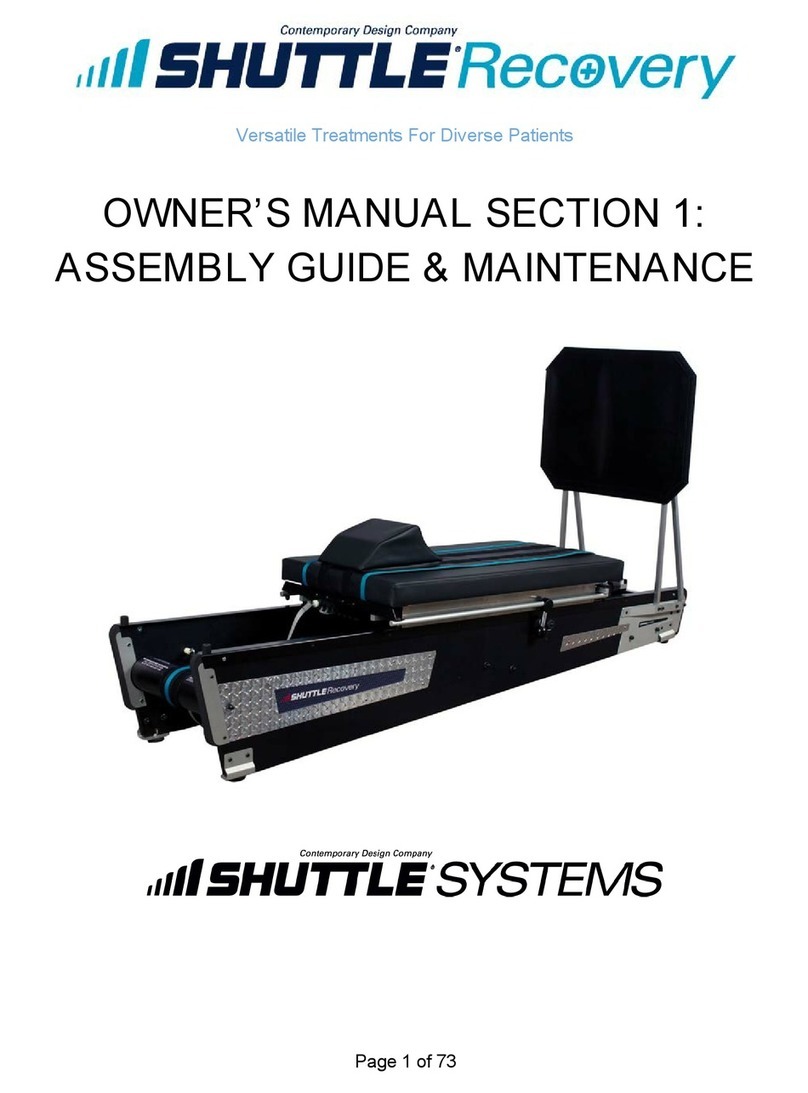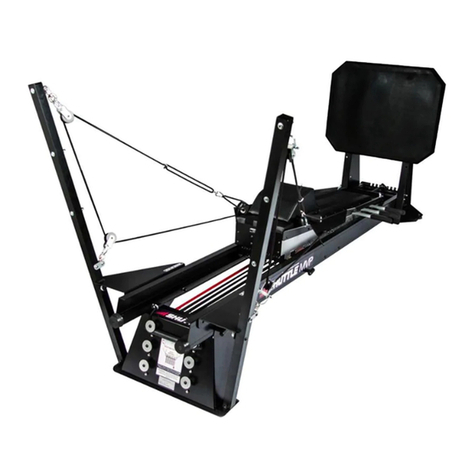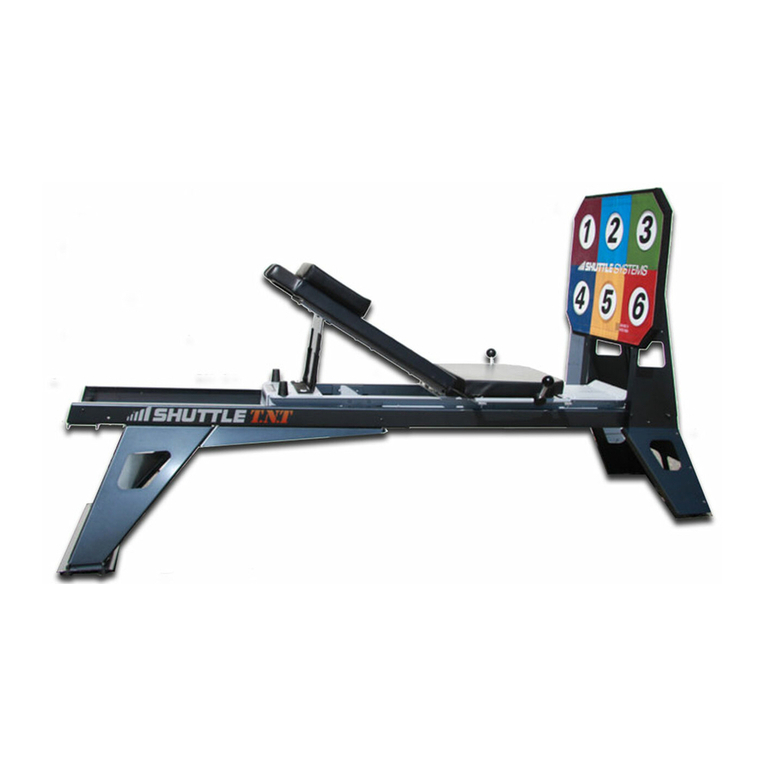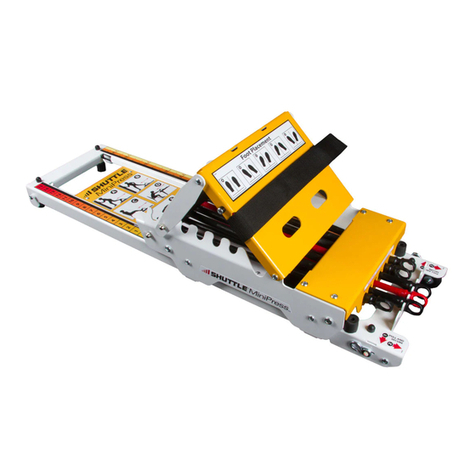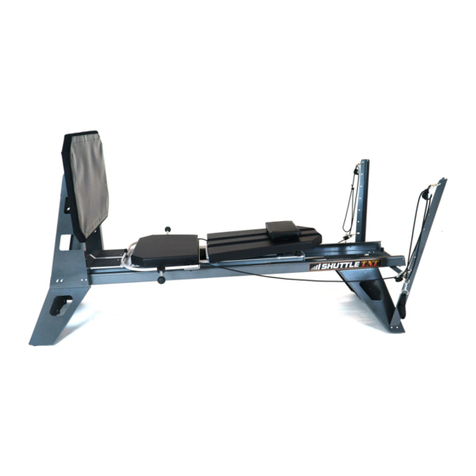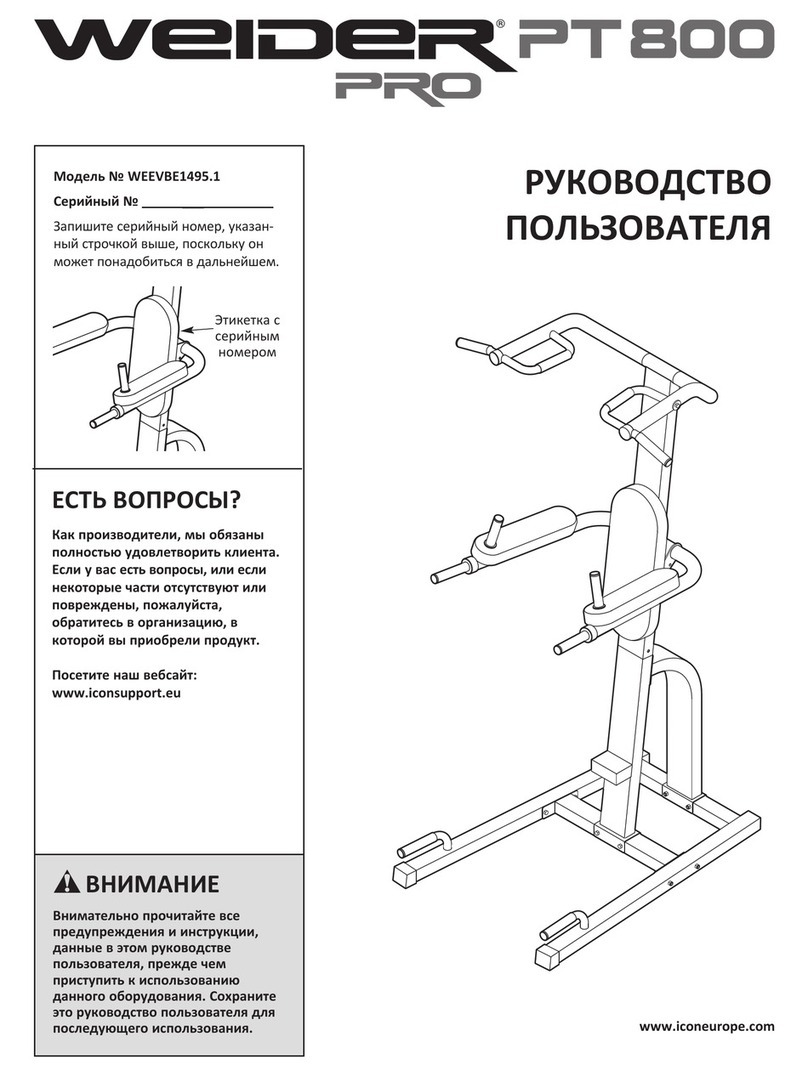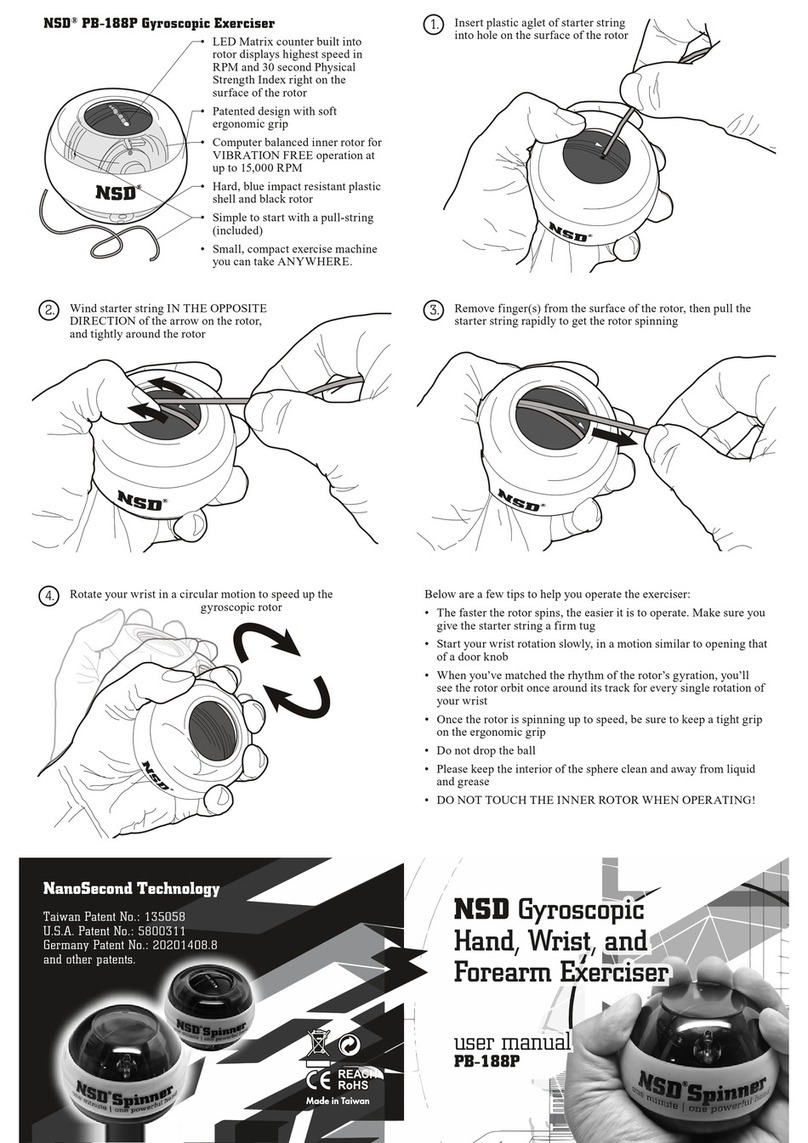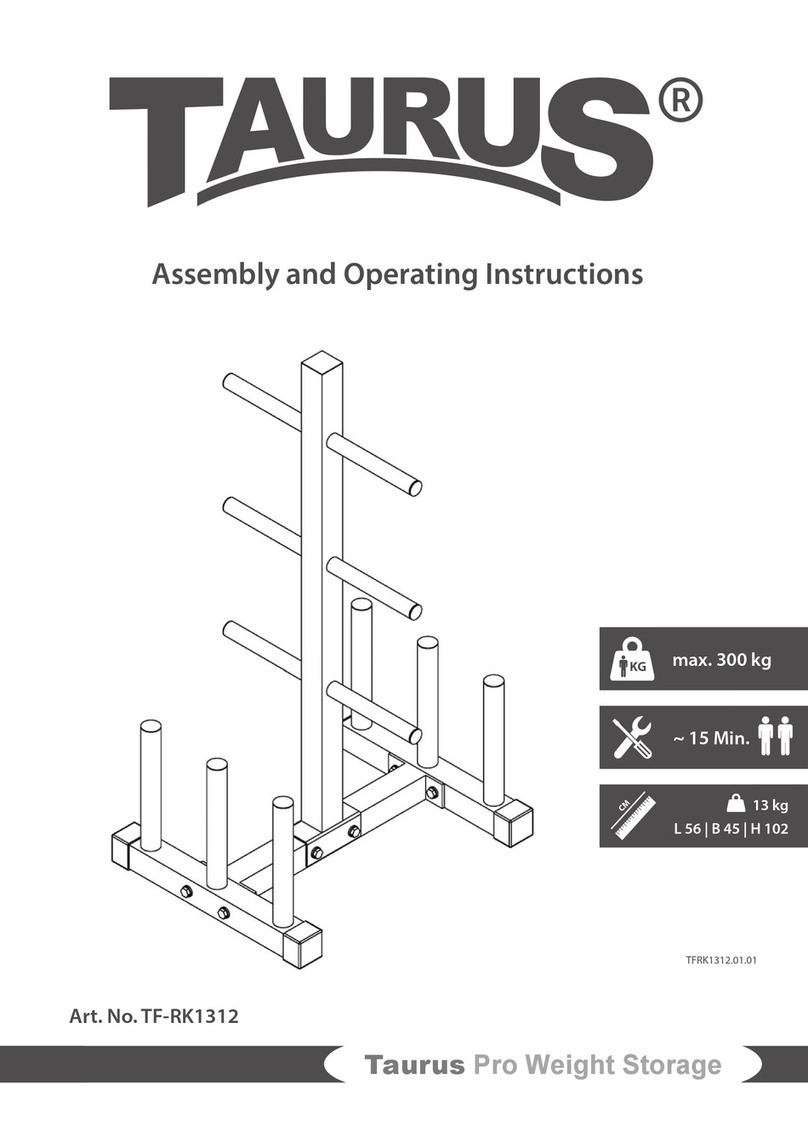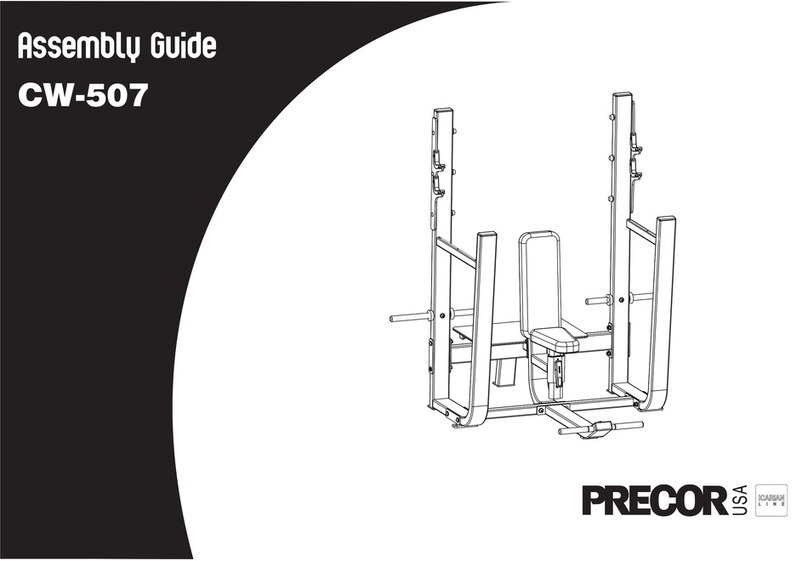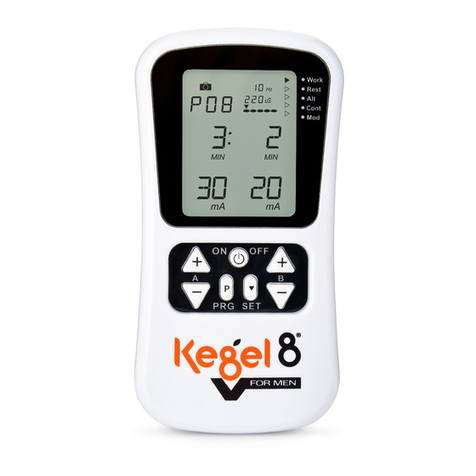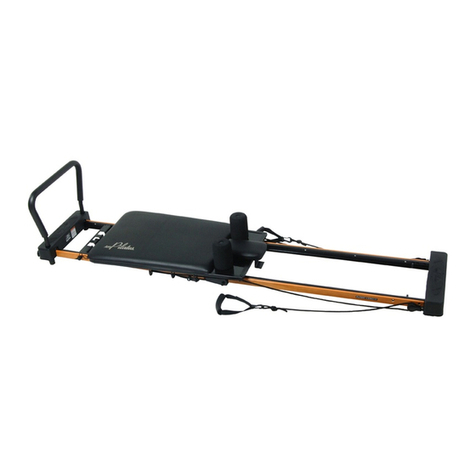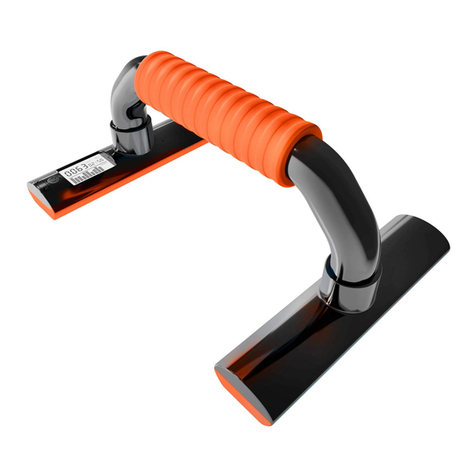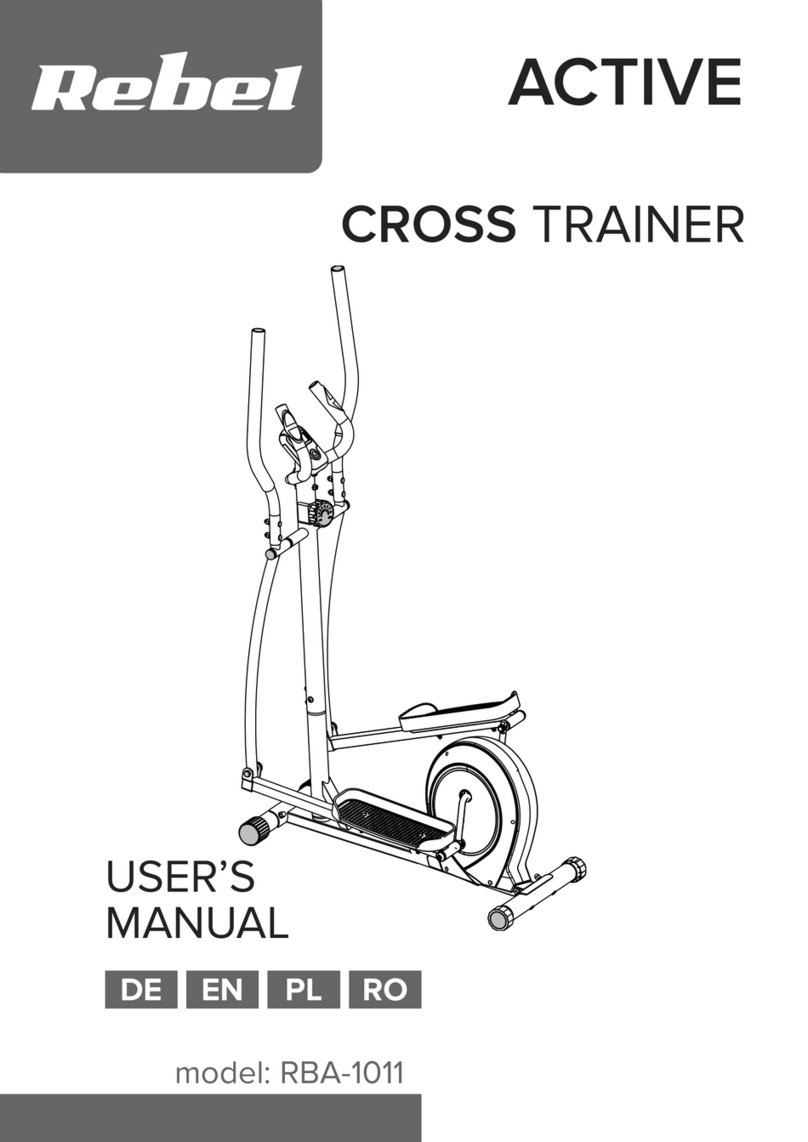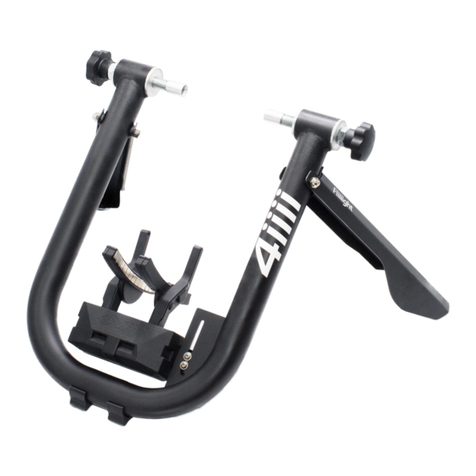Read all safety information before operating the Recovery. It is the owner’s responsibility to ensure that users are
aware of all warnings and precautions.
Please read all instructions before using the product. These instructions were written to ensure the safety of the user and to
protect the product.
You should always consult with a physician before beginning a new fitness plan. You are advised to investigate and inform
yourself about any health related actions and choices you make.
Use caution when mounting and dismounting.
Do not allow children to have unsupervised access to the product.
Keep pets away from the Recovery at all times.
Perform regular maintenance for optimal performance and longevity. To ensure safety, the Recovery must be checked for
wear and damage on a regular basis.
Replace any damaged or worn parts immediately. Do not use the Recovery until the repair is performed.
Use only original parts from the manufacturer. Changes or modifications to this unit not expressly approved by Shuttle
Systems could void the warranty.
The Recovery is for indoor use only. Do not store the Recovery outdoors, near water, or at high humidity levels.
Fully assemble the product before using it. Check the product before each use. Do not continue to use the product if it is
not working properly.
Use of this product is subject to medical examination to assess your suitability to the type of workout exercise you intend to
perform, and in compliance with the conditions for use laid down by Shuttle Systems.
Persons suffering from certain physical conditions may only use the product under the strict supervision of a doctor with
specific qualifications.
Before starting any workout, make sure your position on the product is correct, paying attention to any components that
may obstruct use.
Plan the workout according to your physical characteristics and state of health, beginning with less demanding workloads.
Do not overexert yourself or work to exhaustion. Incorrect or excessive exercise may cause physical harm or sudden death.
If you feel any pain or abnormal symptoms, stop your workout immediately and consult your physician.
Wear proper workout clothing and shoes during training; do not wear loose clothing. Tie long hair back. Keep hands,
shoelaces, garments, and accessories away from moving parts. Do not insert objects into openings on the equipment.
When using the Recovery, other people must remain at a safe distance.
Do not use the product when children or pets are present.
The person in charge of the gym must explain proper and improper use of the equipment to users.
Assemble and use the product only on a solid and flat surface.
Keep the product in good working condition. If you see signs of wear, contact Shuttle Technical Support Service.
Do not attempt any maintenance work on the product other than the operations described in the user manual.

